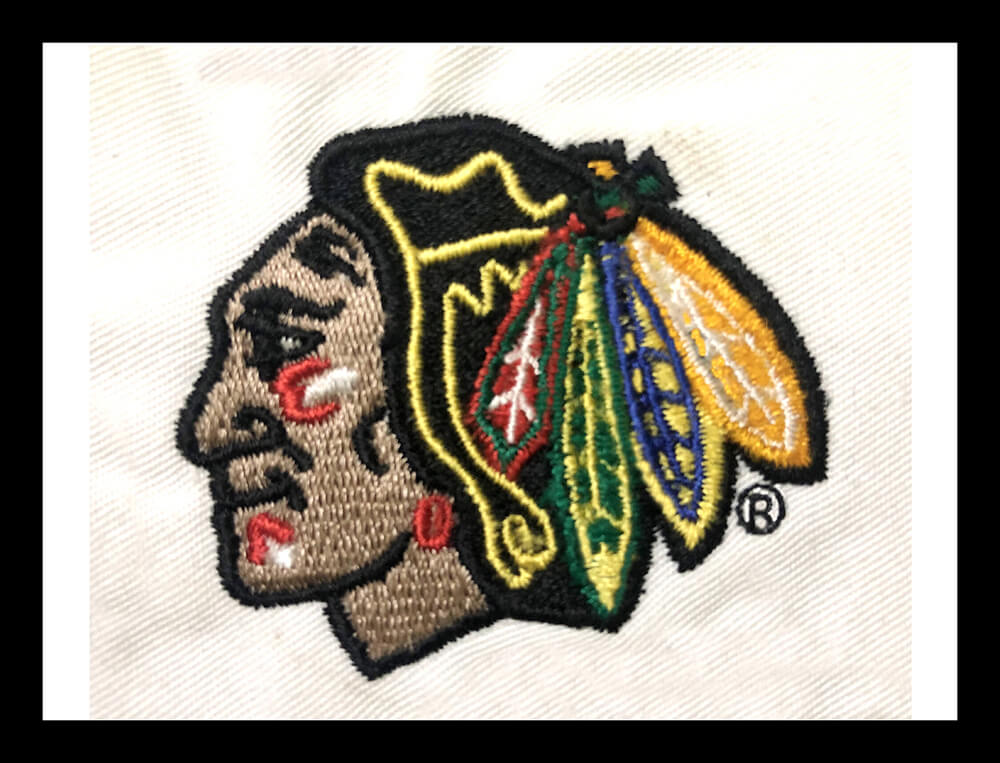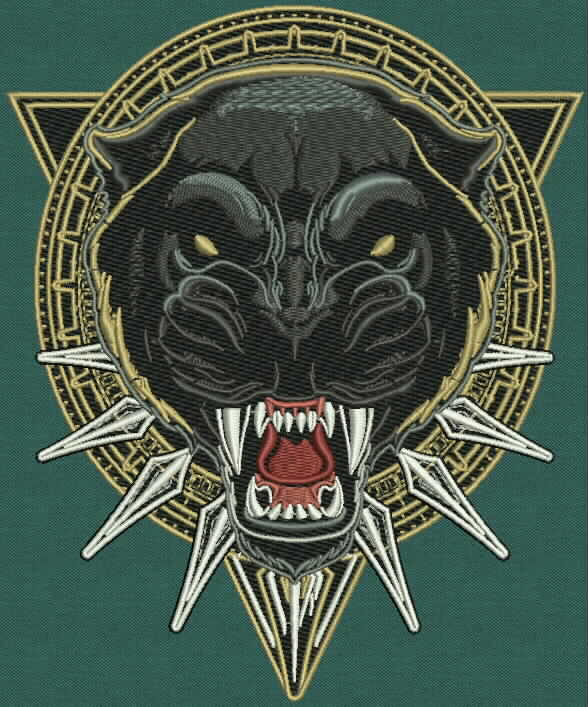Check Out Different Types of Needlework Digitizing Techniques
Embroidery digitizing has actually developed dramatically over the years, providing a myriad of methods to bring layouts to life in the digital world. The realm extends to much more innovative techniques like photorealistic needlework digitizing and the remarkable realm of 3D needlework digitizing.
Typical Hand Embroidery Digitizing
Conventional hand needlework digitizing entails the procedure of transforming elaborate hand-stitched layouts into digital styles for device needlework. This technique needs knowledgeable craftsmens to thoroughly examine the handcrafted design and after that make use of specialized software application to recreate it in a digital format. Each stitch, shade, and information should be thoroughly translated to make certain that the significance of the original hand embroidery is maintained in the digital version.
Among the crucial challenges of traditional hand needlework digitizing is catching the complexities and nuances of the handmade layout. Digitizing for Embroidery. Craftsmens need to possess a deep understanding of various needlework methods, such as satin stitch, chain stitch, and French knots, to accurately replicate these techniques in the electronic realm. Additionally, they require to have an eager eye for information to make sure that the digital design maintains the very same degree of creativity and workmanship as the initial hand-stitched piece
Punching Method
To seamlessly change from traditional hand embroidery digitizing to the boxing technique, artisans have to now concentrate on transforming the elaborate electronic designs right into instructions that needlework makers can analyze. The punching strategy involves utilizing specialized software to produce electronic files that consist of commands for the embroidery device to adhere to. This process needs a deep understanding of not simply the design itself however likewise the capabilities and restrictions of the needlework machine.

Auto-Digitizing Software Application Programs
Embroidery digitizing has been reinvented by the arrival of auto-digitizing software programs, offering artisans with innovative devices to transform digital designs into embroidery device directions effectively. Auto-digitizing software programs utilize formulas to analyze digital images or vector data and create embroidery designs automatically. These programs permit for fast and accurate conversion of intricate styles into stitch patterns, conserving time and effort for embroiderers.
Among the crucial benefits of auto-digitizing software application is its straightforward interface, making it accessible to both beginners and knowledgeable digitizers. These programs frequently include features such as stitch editing tools, thread shade matching, and the capacity to sneak peek the final stitched style. Furthermore, auto-digitizing software can take care of intricate designs with numerous shades and intricate information, creating top quality needlework data suitable for numerous apparel and fabric jobs.
While auto-digitizing software program uses benefit and performance, it is necessary for users to recognize the limitations of automated digitizing. Fine-tuning and hand-operated modifications might still be needed to achieve the wanted embroidery top quality, particularly when dealing with complex or distinct designs. By leveraging the abilities of auto-digitizing software together with hand-operated digitizing methods, craftsmens can enhance their needlework digitizing procedure site and develop stunning stitched pieces.
Photorealistic Needlework Digitizing
Utilizing sophisticated digital imaging methods, achieving photorealistic cause embroidery digitizing has actually become a popular ability among contemporary craftsmens. This technique involves converting high-resolution pictures right into intricate stitch patterns that very closely imitate the original design, resulting in needlework pieces that exhibit realistic information and deepness.
To attain photorealistic embroidery digitizing, craftsmens must possess a keen eye for information and an extensive understanding of how various stitch types and thickness can affect the final end result. By meticulously mapping out each color and color in the photo, embroiderers can develop a digital documents that guides the needlework device to duplicate the nuances of the initial photo precisely.
Photorealistic embroidery digitizing is specifically preferred in creating custom-made layouts for garments, home design, and art items where recording the essence of a photograph or artwork is critical. This technique allows craftsmens to transform memories, landscapes, portraits, and intricate art work into magnificent embroidered work of arts that showcase a blend of traditional craftsmanship and sophisticated innovation.
3D Needlework Digitizing
With the innovation of digital imaging methods in accomplishing photorealistic lead to needlework digitizing, the expedition of 'D Embroidery Digitizing' uses a new measurement to the complexities of style replication. 'D Embroidery Digitizing' describes the three-dimensional digitizing technique that includes depth and structure to embroidery layouts, producing a more practical and visually appealing last item. This technique uses software program that mimics the result of light and shadow on the embroidery style, boosting its general visual impact.
Among the essential benefits of 'D Needlework Digitizing' is its capability to make designs look even more realistic and dynamic. By adding depth to the embroidery style, the final item appears a lot more reasonable and captivating (Digitizing for Embroidery). Furthermore, this technique enables even more innovative freedom in layout implementation, allowing embroiderers to explore various appearances and impacts that were formerly challenging to accomplish
Conclusion
